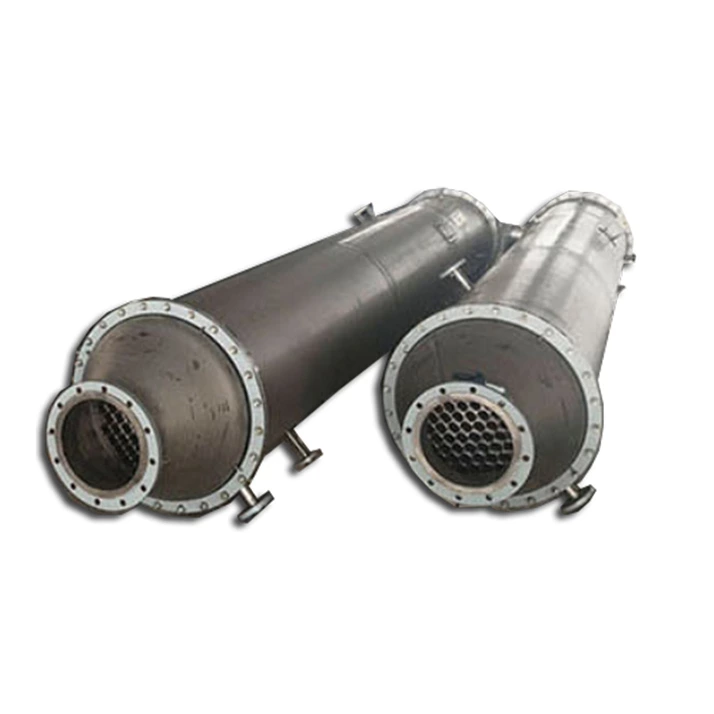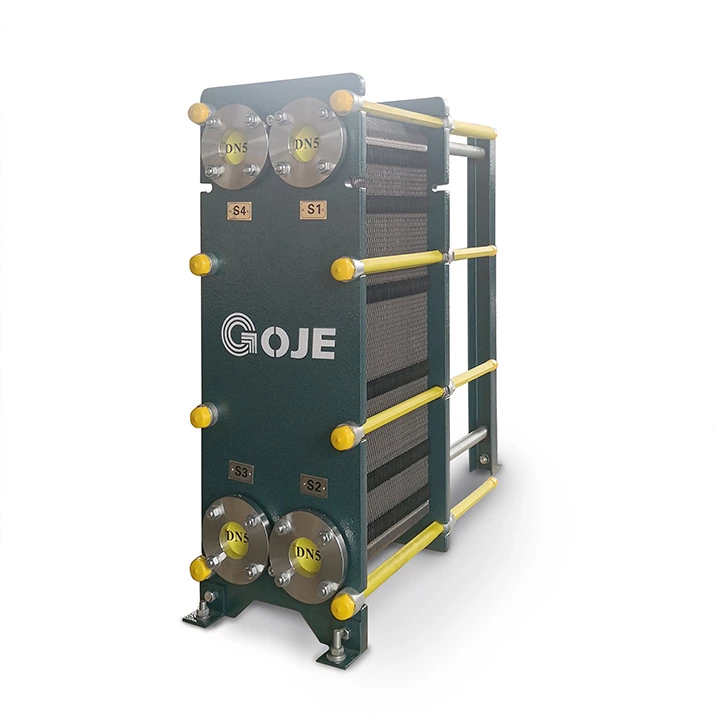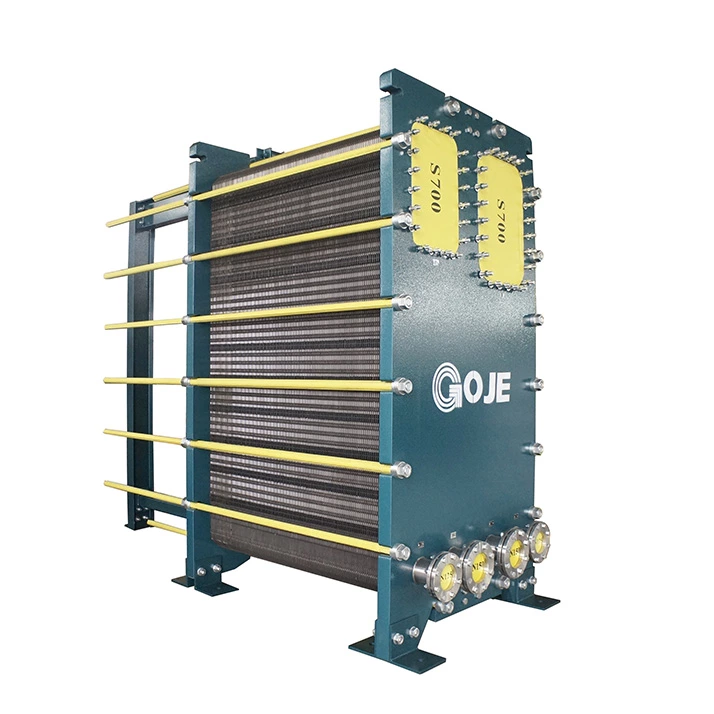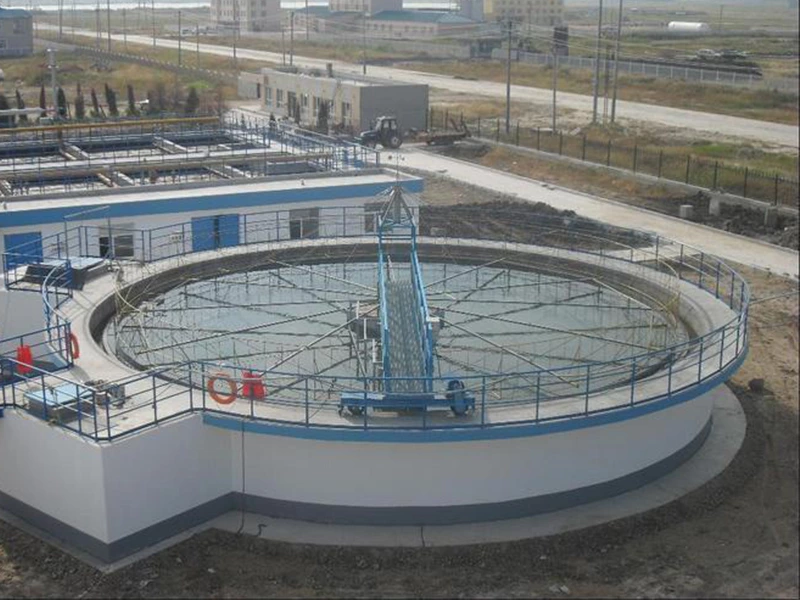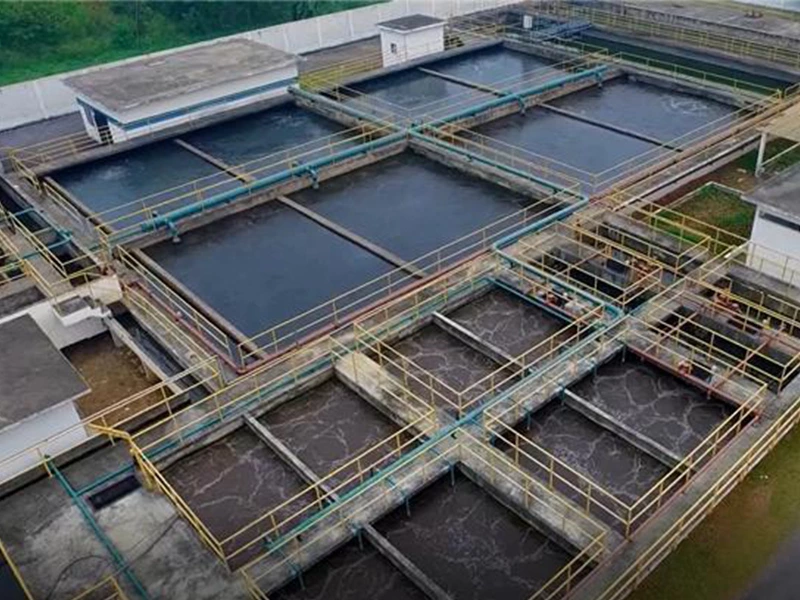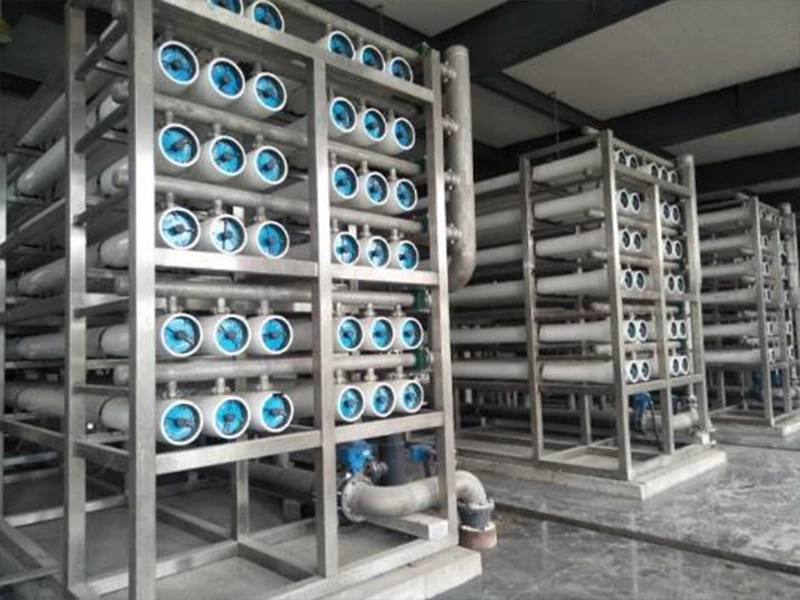Sludge dewatering equipment
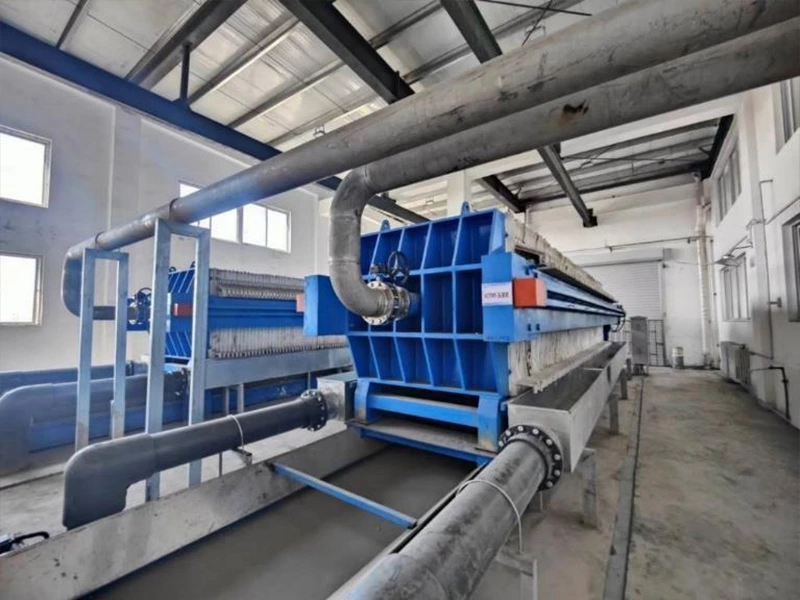
Sludge dewatering
In the process of mine water treatment, the sludge discharged from the softening and hardening unit is the main source of sludge, and chemical sludge is discharged from the bottom of the reaction concentration tank. There are several ways to deal with it:
The main purpose of mechanical dehydration is to reduce the moisture content of sludge, reduce the volume of sludge, reduce transportation costs, and facilitate the subsequent disposal and utilization of sludge. The purpose of sludge dehydration and drying is to remove a large amount of water in the sludge, reduce its volume, and reduce its weight. Generally, after dehydration and drying, the water content of sludge can be reduced from about 95% to 60~80%. The volume is reduced to only 1/10 to 1/5 of the original size.
Commonly used dehydration machinery includes: membrane filter press, belt filter press, and horizontal centrifugal dehydrator.
1、Membrane filter press
Under the action of the axial force of the hydraulic cylinder along the main beam, the filter plate group forms a filter chamber between adjacent filter plates. The side wall of the filter chamber is attached with filter media and the periphery is sealed. The sludge is injected into the filter chamber through the feed hole by the feed pump. The liquid phase pressure provided by the feed pump creates a pressure difference on both sides of the filter medium to achieve solid-liquid separation. Membrane filter press is the earliest machine used for sludge dehydration. It operates intermittently, has large infrastructure investment, and has low filtration capacity. However, its filter cake has a high solid content, clear filtrate, and low dosage of chemicals.
Advantages: low price, good at dehydrating inorganic sludge, and low moisture content of mud cake.
Disadvantages: Easy to block, requires the use of a high-pressure pump, is not suitable for dehydration of oily sludge, and is difficult to achieve continuous automatic operation.
2、Belt pressure filter press
The belt filter press is a dehydration equipment that continuously feeds materials and outputs cakes continuously. The filter medium is composed of upper and lower layers of filter belts. The filter pressure comes from the flexible tension of the cylinder on the filter belts. The dehydration process can be roughly divided into three processes: gravity dehydration, pre-pressure dehydration and high-pressure dehydration. First, the sludge is fed to the gravity dewatering section, where free water seeps out of the upper filter medium under the action of gravity. After gravity dewatering, the sludge is returned to the lower filter medium, where it is pre-pressed and dewatered between the two layers of filter media. The result of the development of synthetic organic polymers (polymer flocculants); continuous operation, easy manufacturing, simple operation and management, and less ancillary equipment.
Considering that in addition to advanced equipment technology, the belt sludge dehydrator technology also includes mature application technology, it has the following advantages compared with similar equipment:
Reliable operating performance: The unique driving device, filter belt tensioning device, correction device and protection device make the whole machine run smoothly and noiselessly, and the filter belt correction device is sensitive and reliable.
Excellent anti-corrosion performance: All parts in contact with water are made of high-quality stainless steel. The whole machine has good anti-corrosion performance, high mechanical strength and long service life.
Disadvantages: Easy to clog, requiring a lot of water for cleaning, causing secondary pollution.
3、Horizontal centrifugal dehydrator
It consists of a conveyor and a screw conveyor with a hollow rotating shaft. The sludge is sent into the drum through the hollow rotating shaft. Under the centrifugal force generated by high-speed rotation, the solids are thrown into the drum cavity. Due to the different specific gravity, solid-liquid separation occurs. Driven by the screw conveyor, the sludge is transported to the conical end of the drum and continuously discharged from the outlet; the liquid in the liquid ring layer is continuously "overflowed" from the weir to the outside of the drum and discharged by gravity.
Advantages: large processing capacity;
Disadvantages: high power consumption, severe equipment vibration; difficult maintenance, not suitable for solid-liquid separation with close specific gravity.
Major equipment
Membrane filter press dehydration: Diaphragm mud press, sludge pressure pump, sludge conveyor, backwash pump, air compressor, etc.
Belt type concentration and dehydration: Sludge tank mixer, sludge thickener, belt filter press, dosing device, sludge cutting machine, sludge pressure pump, sludge conveyor, backwash pump, air compressor, etc.
Centrifugal concentration and dehydration: Sludge storage tank mixer, sludge thickening and dewatering machine, dosing device, sludge cutting machine, sludge pressure pump, sludge conveyor, etc.
